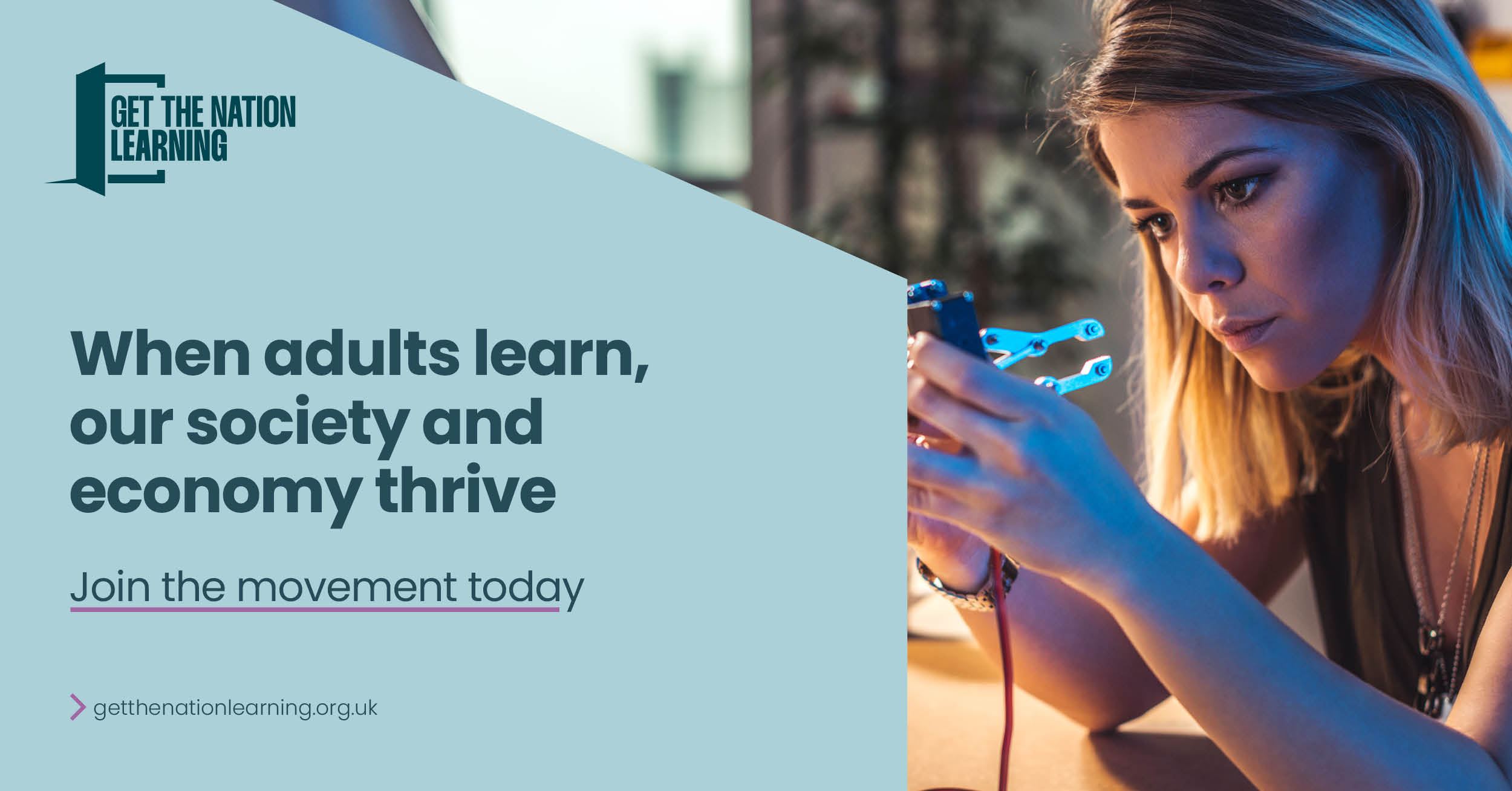Why you need to be gathering employee feedback
The benefits on employee feedback and the best ways to gather it

Why you should be collecting employee feedback
Companies that prioritise employee feedback gain a significant advantage by improving employee engagement, boosting morale, and identifying areas for improvement. In this blog, we’ll cover why employee feedback is good for you and what’s the best ways to collect it.
What’s so important about employee feedback?
Employee feedback plays a crucial role in the growth and success of a business. It provides valuable insights into the company's strengths and weaknesses, helping leaders make informed decisions and drive positive change. By actively seeking feedback, organisations demonstrate their commitment to employee satisfaction and engagement.
The Role of Feedback in Business Growth
Feedback catalyses growth, enabling businesses to identify opportunities for improvement and innovation. By listening to their employees' thoughts, ideas, and suggestions, organisations can tap into a wealth of knowledge and expertise. This not only enhances the overall performance and efficiency of the company but also helps it stay ahead in a rapidly evolving market.
For example, let's consider a software development company. By regularly seeking feedback from their developers, they can identify areas where the coding process can be streamlined or where new technologies can be used. This feedback can lead to the implementation of more efficient coding practices, resulting in faster development cycles and improved software quality.
Feedback can also help businesses identify gaps in their products or services. By understanding how customers perceive their offerings, companies can make necessary adjustments to meet market demands and stay competitive. This could involve refining product features, improving customer service, or even expanding into new markets based on customer feedback.
How Feedback Contributes to Employee Engagement
Employee engagement is the cornerstone of a productive workforce. When employees feel heard and valued, they become more motivated, committed, and enthusiastic about their work. By actively seeking and implementing employee feedback, companies foster a culture of open communication and collaboration, leading to higher levels of engagement throughout the organisation.
Let’s take an example, imagine you are a marketing agency that regularly gathers feedback from its employees. By taking their suggestions into account, you can create a more inclusive and supportive work environment. This could involve implementing flexible work arrangements, providing opportunities for professional development, or even organising team-building activities based on employee feedback.
Feedback allows employees to feel a sense of ownership and empowerment in their roles. When their opinions are valued and acted upon, they are more likely to take initiative, contribute innovative ideas, and take pride in their work. This not only benefits individual employees but also contributes to the overall success of the organisation.
Feedback can drive business growth and enhance employee engagement. By actively seeking and implementing feedback, organisations can unlock new opportunities, improve performance, and create a positive work culture.
To summarise how essential employee feedback is to employee engagement — have you ever suggested an idea, that idea got great praise and to top it off, that idea was actually implemented? It probably felt great — right? Well, that’s exactly how your would employees feel. Engaged & excited to contribute more.
The Advantages of Regular Employee Feedback
Boosting Morale and Productivity
Employee feedback plays a crucial role in boosting morale and productivity. When employees feel heard and their opinions are taken into consideration, it creates a sense of belonging and engagement. They feel that their ideas and suggestions matter, which leads to increased job satisfaction and motivation.
Regular feedback sessions provide an opportunity for managers to recognise and appreciate the efforts of their employees. By acknowledging their hard work and achievements, managers can reinforce a positive work culture and inspire employees to continue performing at their best.
Encouraging Open Communication
By actively soliciting feedback, organisations create an open and transparent communication channel. This encourages employees to share their thoughts, concerns, and ideas without fear of reprisal. It also facilitates honest discussions, allowing management to gain a comprehensive understanding of the workforce's needs and concerns.
Open communication is essential for building trust and fostering strong relationships between employees and management. When employees feel comfortable expressing their opinions, they are more likely to contribute innovative ideas and collaborate effectively with their colleagues. This, in turn, leads to improved teamwork and overall organisational performance.
.jpg)
Identifying Areas for Improvement
Employee feedback provides invaluable insights into areas where the organisation can improve. Whether it is enhancing existing processes, addressing communication gaps, or implementing changes to boost employee satisfaction, feedback serves as a compass for continuous improvement.
By actively listening to employee feedback and taking appropriate action, companies can make data-driven decisions and optimise their operations. Feedback helps identify potential issues and areas of improvement that may have otherwise gone unnoticed. It allows organisations to stay agile and adapt to changing market demands, ensuring long-term success and growth.
Involving employees in the decision-making process through feedback can increase their sense of ownership and commitment to organisational goals. When employees see that their feedback is valued and acted upon, they become more engaged and invested in the success of the company.
To summarise, regular employee feedback brings numerous advantages to both individuals and organisations. It boosts morale and productivity, encourages open communication, and helps identify areas for improvement. By prioritising employee feedback, organisations can create a positive work environment where employees feel valued, empowered, and motivated to contribute their best.
Methods for Gathering Employee Feedback
There are various methods through which organisations can collect employee feedback. Different approaches may yield valuable insights from different employees, so a combination of methods is often the most effective.
Employee feedback is a crucial aspect of organisational growth and development. Here are some effective methods for gathering employee feedback and how they can benefit both the employees and the organisation.
Surveys and Questionnaires
Surveys and questionnaires are popular tools for gathering a large amount of feedback quickly and efficiently. They allow organisations to ask specific questions and provide multiple-choice or open-ended response options. Surveys can be conducted in person, via email, or through specialised online platforms, depending on the organisation's preference and convenience.
These surveys can cover a wide range of topics, including employee satisfaction, work-life balance, communication effectiveness, and professional development opportunities. By analysing the survey responses, organisations can gain valuable insights into the overall employee experience and identify areas that require attention.
.jpg)
One-on-One Meetings
One-on-one meetings between employees and their supervisors or managers provide an opportunity for in-depth discussions and personalised feedback. These meetings foster a more personal connection, enabling employees to voice their concerns, seek guidance, and share their ideas without hesitation.
During these meetings, supervisors can provide constructive feedback and address any performance-related issues. One-on-one meetings create a supportive environment where employees feel valued and heard, leading to increased engagement and productivity.
Suggestion Boxes and Anonymous Feedback Channels
For employees who may feel uncomfortable or hesitant to share their feedback openly, suggestion boxes and anonymous feedback channels provide a safe and confidential way to express their thoughts. These platforms allow employees to submit feedback without revealing their identity, encouraging honest and unbiased input.
Suggestion boxes can be physical boxes placed in common areas or digital platforms where employees can submit their suggestions or concerns anonymously. By providing this option, organisations ensure that every employee has a voice and that their feedback is taken into consideration.
Anonymous feedback channels can take various forms, such as online surveys or dedicated email addresses. These channels allow employees to share their thoughts, ideas, and concerns without fear of repercussions. Organisations can then analyse this feedback and identify common themes or issues that need to be addressed.
Gathering employee feedback is essential for creating a positive work environment and driving organisational growth. By utilising methods such as surveys, one-on-one meetings, and anonymous feedback channels, organisations can gain valuable insights into employee experiences, address concerns, and foster a culture of open communication. The key to effective feedback collection is to create a safe and supportive environment where employees feel comfortable sharing their thoughts and ideas.
Analysing and Implementing Employee Feedback
Collecting feedback is just the first step; the real value lies in analysing the data and taking actionable steps based on the insights gained.
Making Sense of Feedback Data
Organisations need to analyse the feedback data collected to identify patterns, trends, and common themes. By categorising and organising the feedback, businesses can discern areas of focus and prioritise the most critical issues or suggestions.
Using a career management platform that can gather data is a valuable tool for making sense of feedback data as it can display & categorise feedback automatically — making it easier and faster to spot trends & make informed actions that benefit your organisation.
Turning Feedback into Actionable Steps
Once the feedback analysis is complete, it is essential to transform the insights into concrete, actionable steps. This may involve developing new processes, implementing training programmes, or restructuring certain aspects of the organisation. By taking action based on employee feedback, companies demonstrate their commitment to continuous improvement and employee satisfaction.

Case Studies: Successful Use of Employee Feedback
University of Technology Sydney
The University of Technology Syndey (UTS) is a valued client of Conveya and they currently use theIR platform for gathering feedback from their students who are out on internships placements.
“As the internship coordinator, the system helps with transparency and accountability in the reporting process providing data on which to report in real-time at any time during the lengthy full-time internship.
The identification of both students potentially at risk and those doing well has added to the student internship experience.” — Michelle Cook, Director Bachelor of Accounting
UTS can see how their students are coping with the requirements of their internship, but also see how their placement partners are when it comes to providing a valuable learning experience for their students.
This allows for continuous improvement of their internship offerings — making sure support is given to students if necessary and that their placements are best-in-class for their students.
You can read the full case study on UTS & Conveya here.

.png)


.png)